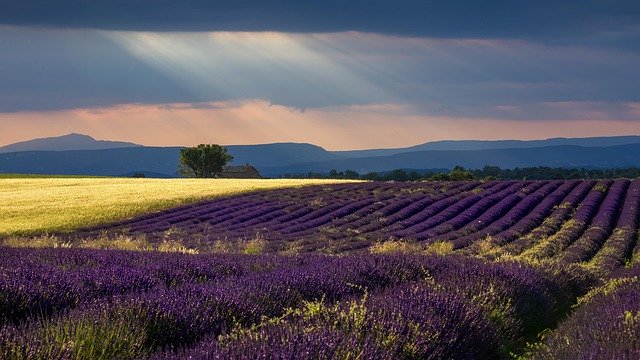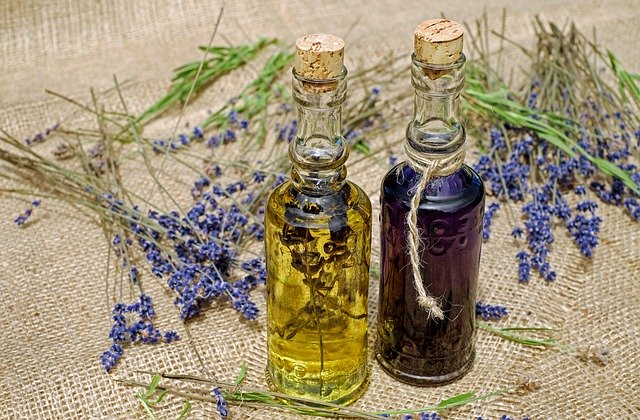Lavender is native to the Mediterranean region. The name lavender comes from the Latin word lavare, meaning “to wash” or “bathe. Even in ancient times, people knew of the health benefits of this herb and would add lavender to their baths.
Lavender is known for its healing and relaxing properties; it improves sleep and lavender oil heals minor injuries.
Grow lavender in your garden or home
Lavender is a woody perennial. If one tries to grow lavender from seed, it takes time to germinate. Therefore, it is better to grow lavender directly from seedlings. Flowers begin to bloom from June to September. Once the growing season begins, it first puts down strong roots and produces dense flowers the following year. Lavender should be planted in a sunny location. The soil should be permeable and slightly sandy.
It prefers warm, dry places and does not require much watering. If you are growing lavender in pots, you should consider watering it on hot days. Overwatering can spoil the lavender\’s beauty.
Pruning Lavender
Prune lavender in spring or early summer. Cutting lavender at other times of the year may cause it to not heal and to be more susceptible to winter damage. In spring, cut back about one-third of the length, leaving at least 2 to 3 cm of petals. After the summer is over, cut back only the flowers.
Uses of lavender
Lavender extract is often used in soaps, perfumes, and other cosmetics. Dried flowers are placed in cotton bags and placed in cupboards to scent laundry and keep moths away. An infusion of lavender is added to bath salts for a relaxing bath. Dried lavender flowers can also be placed on pillows for a restful night\’s sleep. Lavender tea is good for tension and headaches.